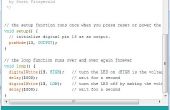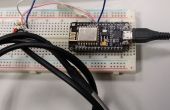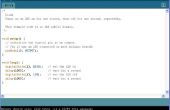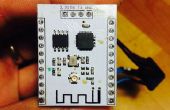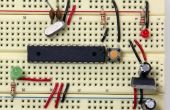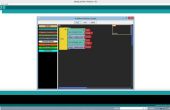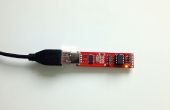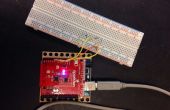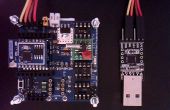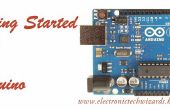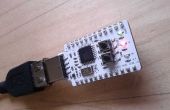Paso 3: hecho.
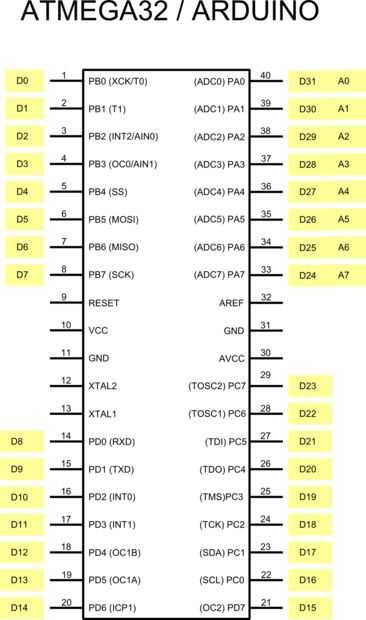
Se realiza.
Ahora puede probar algunos ejemplos sencillos que ya están en Arduino.
Ser muy cuidadosos con la correlación entre patillas ARDUINO y microcontroladores.
Aquí le damos ejemplo a parpadear: archivos -> ejemplos -> básico -> abrir y cerrar
Pin13 Arduino == Pin19 Atmega32 (PD5)
/*Blink Turns on an LED on for one second, then off for one second, repeatedly. This example code is in the public domain. */ // Pin 13 has an LED connected on most Arduino boards. // give it a name: int led = 13; // the setup routine runs once when you press reset: void setup() { // initialize the digital pin as an output. pinMode(led, OUTPUT); } // the loop routine runs over and over again forever: void loop() { digitalWrite(led, HIGH); // turn the LED on (HIGH is the voltage level) delay(1000); // wait for a second digitalWrite(led, LOW); // turn the LED off by making the voltage LOW delay(1000); // wait for a second } Después de algunos comentarios he encontrado dos errores en el archivo pins_arduino.h
Así que voy a publicar aquí los errores y los valores correctos.
definición errónea de SCL y SDA
const static uint8_t SDA = 8; //wrong const static uint8_t SCL = 9; //wrong
debe cambiarse en:
const static uint8_t SDA = 17; //correct const static uint8_t SCL = 16; //correct
Ya que no soy el autor del proyecto en github, está sujeta a cambios más allá de mi control.
Así que por favor, utilice el código adjunto a este instructivo y hacer sobre modificaciones.
ACTUALIZACIÓN:
Serie biblioteca funcione correctamente debe hacerse después de cambios en el archivo HardwareSerial.cpp
En...\arduino-1.5.8\hardware\arduino\avr\cores\arduino\HardwareSerial.cpp
sustituirá:
#if defined(__AVR_ATmega8__) config |= 0x80; // select UCSRC register (shared with UBRRH) #endif
con:
#if defined(__AVR_ATmega8__) || defined(__AVR_ATmega32__) || defined(__AVR_ATmega16__) config |= 0x80; // select UCSRC register (shared with UBRRH) #endif
Vea también:
